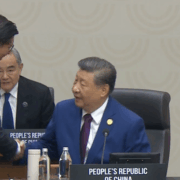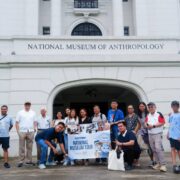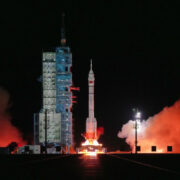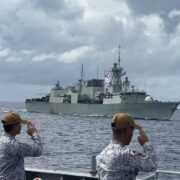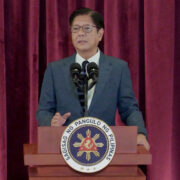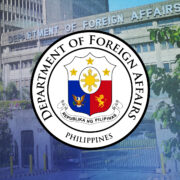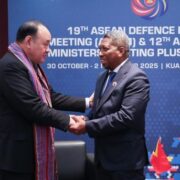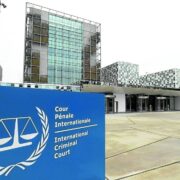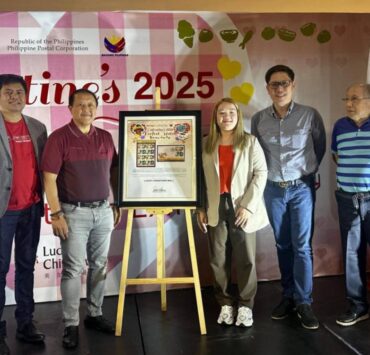UP geologist represents Southeast Asia in global summit
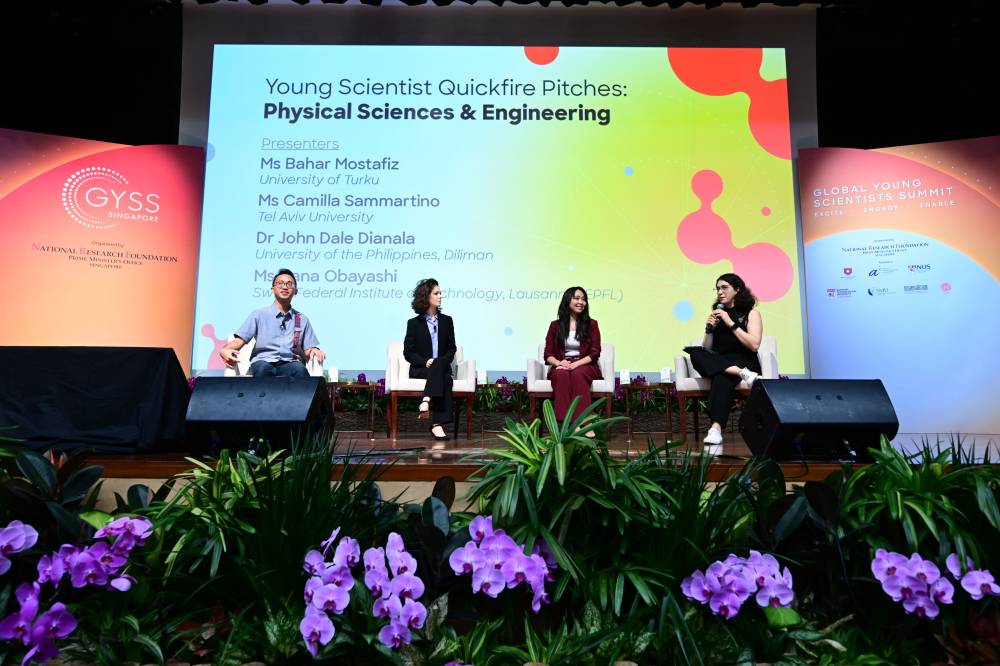
Dr. John Dale Dianala from the University of the Philippines Diliman College of Science’s National Institute of Geological Sciences (UPD-CS NIGS) presented his research on the earthquake potential of faults using satellites at the recently concluded Global Young Scientists Summit (GYSS) 2025.
Organized by the National Research Foundation (NRF) Singapore, GYSS brings together Nobel laureates and top scientists from around the world to discuss how scientific research and innovation can address emerging global issues.
There were 16 young scientists invited to present their research on life sciences, biomedicine, physical sciences, and engineering. UP was the only Southeast Asian university to be featured onstage, and Dr. Dianala the only Southeast Asian scientist to present. “The GYSS allowed me to see our place in the international science scene,” he said.
Dr. Dianala is one of 10 Filipino scientists who attended the summit after being nominated by the Department of Science and Technology. “Compared to scientists from fields such as physics, chemistry, mathematics, biomedicine, and engineering, only a handful of geoscientists were present at the summit. I looked for them and I counted five,” he added.
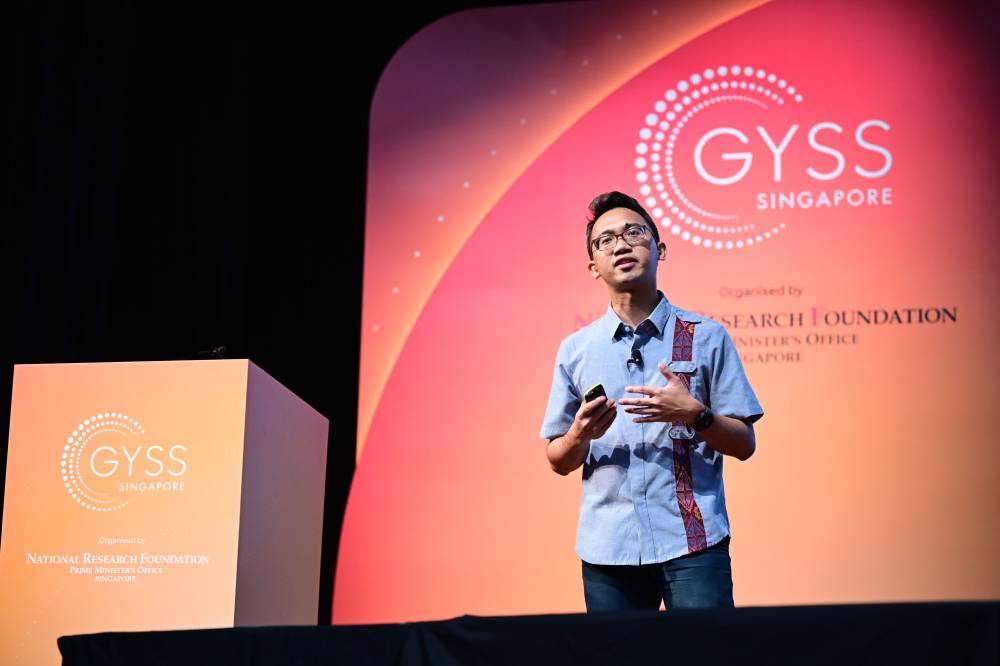
His research utilizes satellite data and technologies such as Interferometric Synthetic Aperture Radar (InSAR) to monitor fault lines, providing a cost-effective solution for areas lacking ground-based data. Dr. Dianala processed InSAR data over Leyte Island to produce a slip model, which is considered one of the most detailed for a fault in the Philippines. His study demonstrated that detailed fault models based on satellite data enables researchers to identify areas of stress accumulation, potential earthquake activity, and patterns in earthquake occurrences, which can be used in developing preparedness plans.
In his presentation, Dr. Dianala also emphasized the value of these techniques for research on fault lines in urbanizing regions around Metro Manila and in other parts of the world, where risk will only increase as population grows. He encouraged collaboration and innovation in earthquake research, especially in less-resourced regions, to enhance global understanding of seismic risks.
“Getting to share the work we do at NIGS, and being the sole geologist to take the stage, is a recognition of the global interest and relevance of research done at UP,” he said.
The 13th GYSS was held from Jan. 6 to Jan. 10 at the Stephen Riady Centre, National University of Singapore. The five-day summit included plenary talks from Nobel laureates and other award-winning scientists, panel discussions on the role of science in addressing emerging global issues such as sustainability, human well-being, and ethics with artificial intelligence, quick-fire talks from selected young scientists, and poster sessions.



